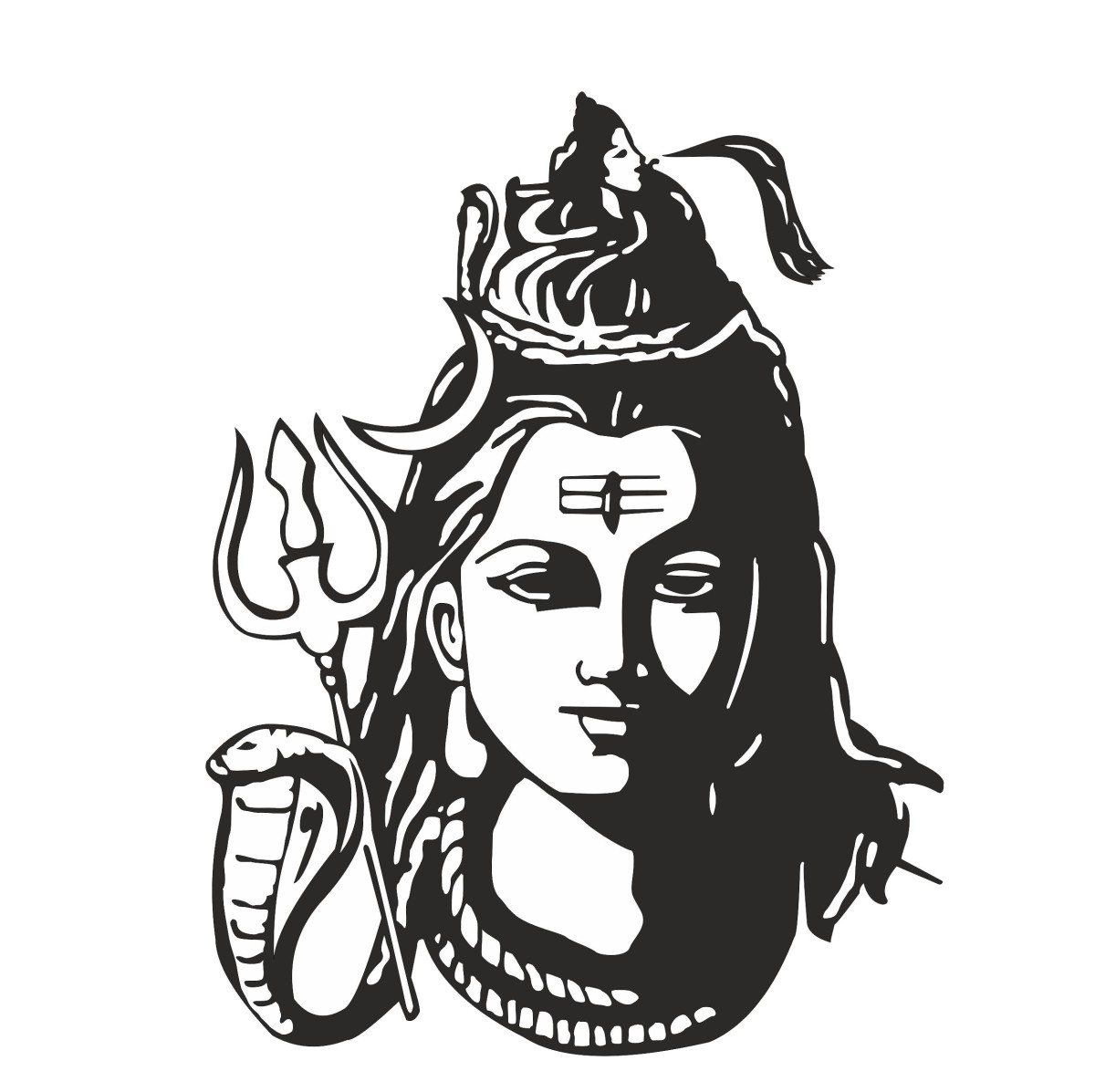Maha Shivaratri is a Hindu festival celebrated annually in honor of the god Shiva. There is a Shivaratri in every luni-solar month of the Hindu calendar, on the month’s 13th night/14th day, but once a year in late winter (February/March, or Phalguna) and before the arrival of spring, marks Maha Shivaratri which means “the Great Night of Shiva”.
It is a major festival in Hinduism, this festival is solemn and marks a remembrance of “overcoming darkness and ignorance” in life and the world. It is observed by remembering Shiva and chanting prayers, fasting, doing Yoga, and meditating on ethics and virtues such as self-restraint, honesty, noninjury to others, forgiveness, and the discovery of Shiva. The ardent devotees keep awake all night. Others visit one of the Shiva temples or go on pilgrimage to Jyotirlingams. This is an ancient Hindu festival whose origin date is unknown.
In Kashmir Shaivism, the festival is called Har-ratri or phonetically simpler Haerath or Herath by Shiva faithfuls of the Kashmir region.
Maha Shivaratri is an annual festival dedicated to the Hindu god Shiva, and is particularly important in the Shaivism tradition of Hinduism. Unlike most Hindu festivals which are celebrated during the day, the Maha Shivaratri is celebrated at night. Furthermore, unlike most Hindu festivals which include expression of cultural revelry, the Maha Shivaratri is a solemn event notable for its introspective focus, fasting, meditation on Shiva, self study, social harmony and an all night vigil at Shiva temples.
The celebration includes maintaining a “jaagaran”, an all-night vigil and prayers, because Shaiva Hindus mark this night as “overcoming darkness and ignorance” in one’s life and the world through Shiva. Offerings of fruits, leaves, sweets and milk to Shiva are made, some perform all-day fasting with vedic or tantric worship of Shiva, and some perform meditative Yoga.In Shiva temples, “Om Namah Shivaya”, the sacred mantra of Shiva, is chanted through the day.
Maha Shivaratri is celebrated over three or ten days based on the Hindu luni-solar calendar.Every lunar month, there is a Shivaratri (12 per year). The main festival is called Maha Shivaratri, or great Shivaratri, and this is on 13th night (waning moon) and 14th day of the month Phalguna (Magha). According to the Gregorian calendar, the day falls in either February or March.
The major Jyotirlinga Shiva temples of India, such as in Varanasi and Somnatha, are particularly frequented on Maha Shivaratri. They serve also as sites for fairs and special events.
Maha Shivaratri is a National Holiday in Nepal and celebrated widely in temples all over the country, but especially in the Pashupatinath temple. Thousands of devotees visit the famous Shiva Shakti Peetham nearby as well. The Nepalese army parades around the city of Kathmandu to pay tribute to Lord Shiva, and holy rituals are performed all over the nation. Artists from various classical music and dance forms perform through the night. On Maha Shivaratri, married women pray for the well being of their husbands, while unmarried women pray for a husband like Shiva, considered as the ideal husband. Shiva is also worshipped as the Adi Guru (first teacher) from whom the yogic tradition originates.
(Ref : https://en.wikipedia.org/wiki/Maha_Shivaratri & mantraworld-store.com)
